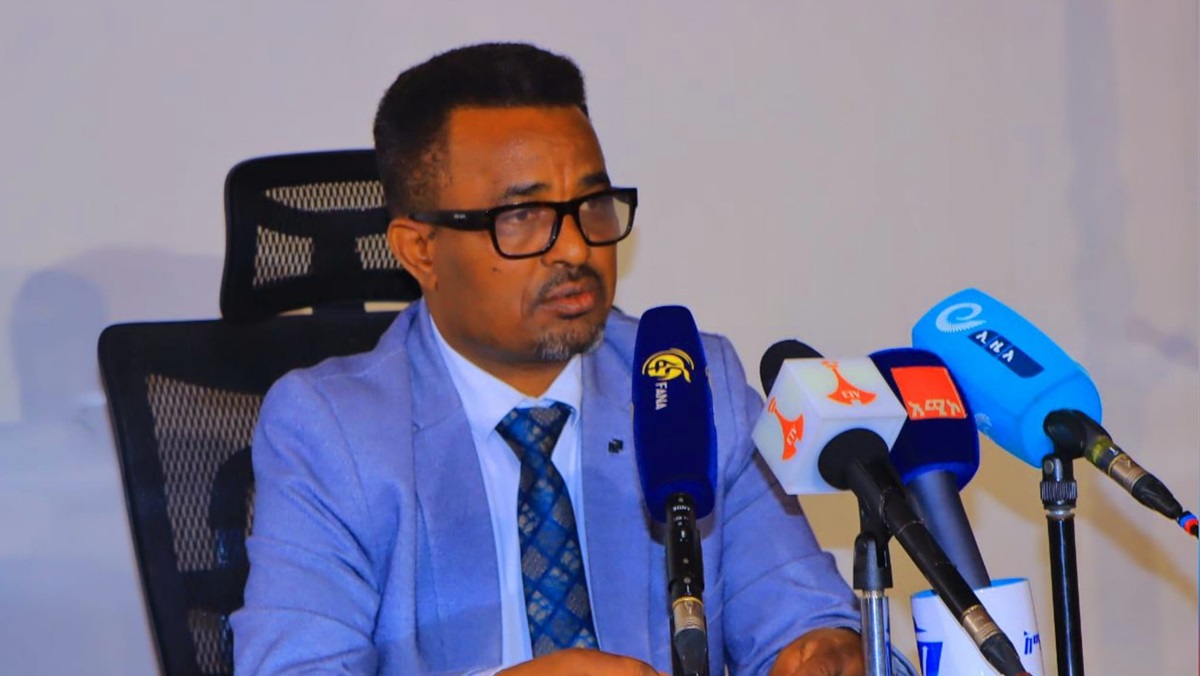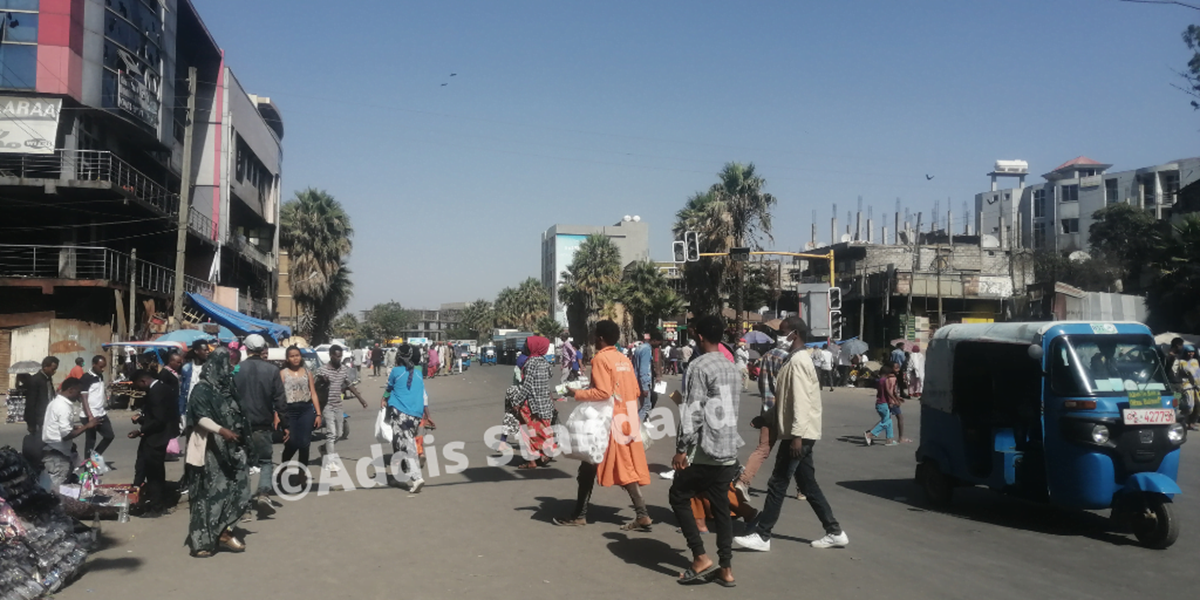#EthiopiaDrought: Disaster Risk Management Commission says drought forces hundreds of schools closure in Oromia, Somali states; millions of people, livestock in need

Getahun Tsegaye @GetahunTsegay12
Addis Abeba – The National Disaster Risk Management Commission (NDRMC) announced that close to 400 Schools were forced to close in Oromia and Somali regional state, which are the most affected states by the current drought. Millions of people and livestock are also facing dire shortage of water and food in multiple Woredas in the two regional states.
Debebe Zewde,Public Relations officer of NDRMC, told Deutsche Welle Amharic that 61 schools in Borena and East Bale zones of Oromia region were closed, while 316 were closed in Somali regional state due to the drought which has severely affected pastoralists and semi-pastoralists of the two regions.
East and West Harerge, and East Bale lowland areas, as well as Borena and West Guji zones of Oromia region were facing severe problems and food shortage. “In 40 woredas of five zones in the region, 8.4 million animals have been affected and 257,000 are malnourished,” Debebe said.
According to him, in 605 kebeles of 70 woredas in East Arsi and Bale zones, East and West Hararge, Borena and West Guji, 2.8 million people are in need of drinking water; the drought in 14 woredas of the Borena and East Bale zones alone has caused the closure of 61 schools.
He further said that more than 3.1 million people were in need of emergency food assistance in these areas of whom 8,244 are newly affected people by the drought. Some 254,000 quintals of grains were distributed in the two zones so far, he said, and added that the rest of the drought affected areas were being assisted as per the NDRMC’s regular schedule. He said 100 water tanks were distributing water to ease the water shortage problem.
Similarly, some 3.1 million people are facing water shortage in 83 woredas of Somali regional state, where 864, 043 animals have died from July last year to February, according to NDRMC. Debebe further said that in the Somali region alone the drought affected 58, 305 people who needed to be resettled to other drought free areas. The drought has affected the teaching-learning process of 915 schools of which 316 have completely been shut down.
The drought has left 3,360,000 in need of food aid in Somali region alone, of whom more than two million were exposed to food shortage . According to Debebe, the government has distributed 530,000 quintals of grains to 1.7 million people; a total of 311,000 people living in 15 woredas were assisted with ETB255 million cash distribution. Furthermore, 159 water tanks were being distributed to 81 woredas of the region, he said.
Somali regional state and other parts of the Ethiopian lowlands, including in southern Oromia, have been ravaged by recurrent droughts primarily caused by low precipitation due to failure of three subsequent rainy seasons. Drought has become part of the lowlanders’ life and over the past two decades the Somali region has experienced it once in every 5 years. The drought has devastated the entire livelihoods of the population, especially pastoralists and farmers whose lives directly depend on the seasonal rains, according to the UN.
On 25 February, the WFP said that in order to expand its response across the Somali, Oromia and Southern Nations, Nationalities and Peoples regions, WFP urgently needs US $219 million. In a recent in depth analysis, Addis Standard reported that the drought in the southern part of Oromia especially in Borana and Guji zones where thousands of livestock have perished. Half a million residents who are dependent on livestock products are now in need of emergency food aid.
The severity of the drought in the Borana zone is to the extent that all thirteen woredas face shortage of fodder and potable water. In Somali region, the drought hit hard different woredas in Dawa zone, as Addis Standard’s reporting from late November last year indicated. The crisis has already led to displacement and threatened severe humanitarian crisis.
Although many areas in the region are affected by the prolonged drought, the Dawa zone has been affected the most. Dawa zone borders and shares Moyale as an administrative center with the Borana zone of the Oromia regional state, another area affected badly by drought and is mostly inhabited by pastoral and agro-pastoral communities. AS








